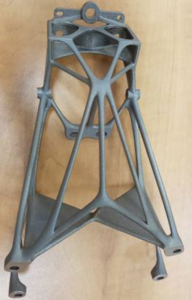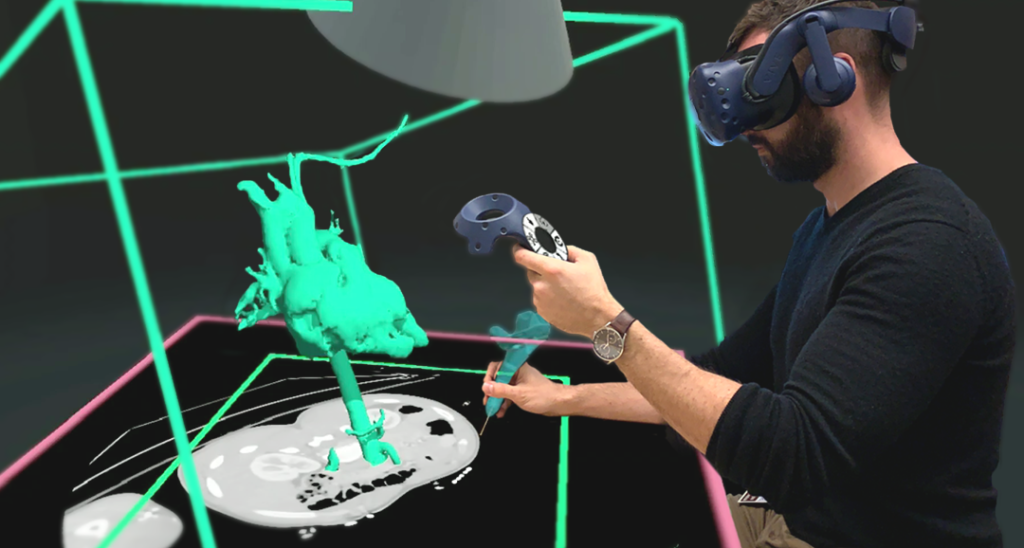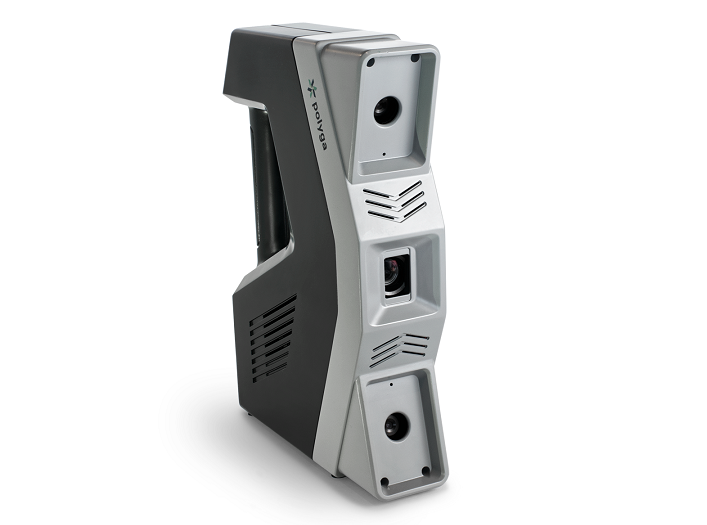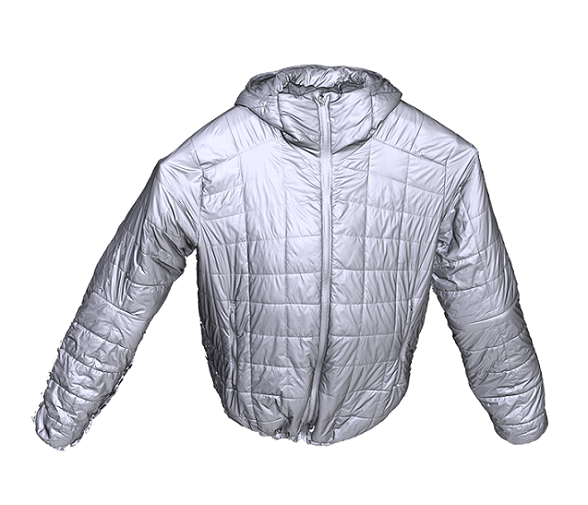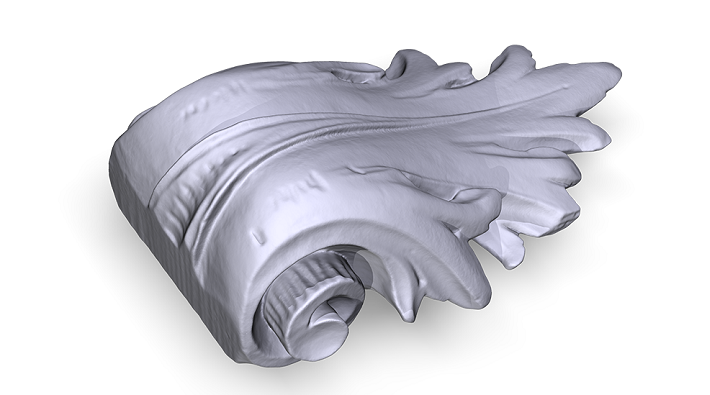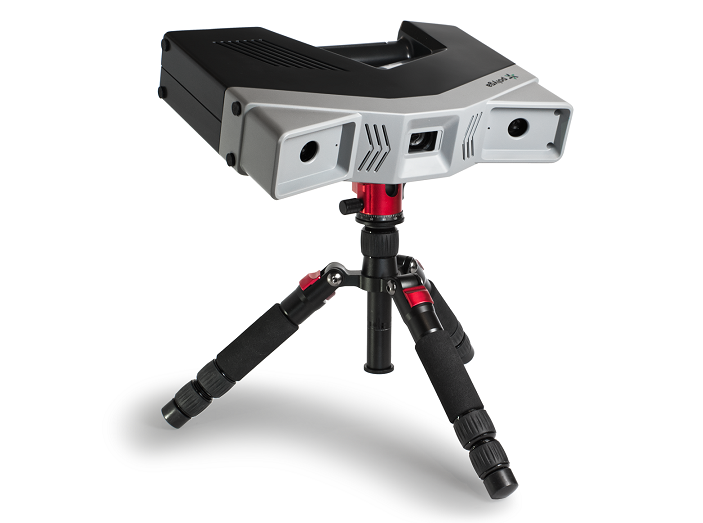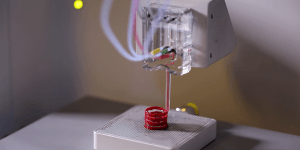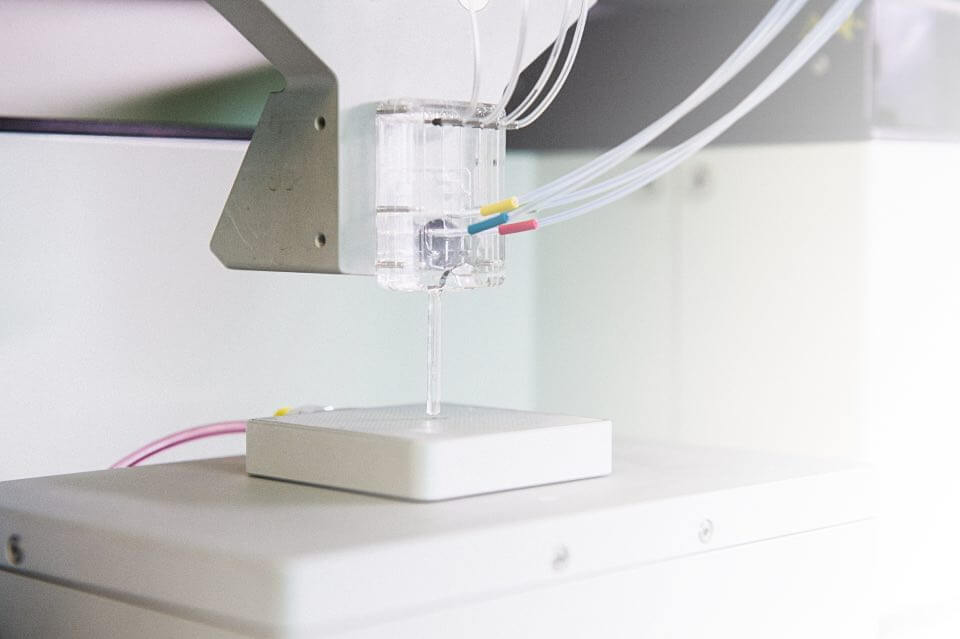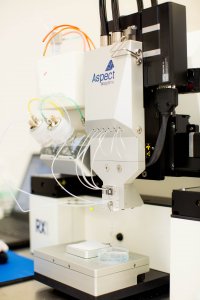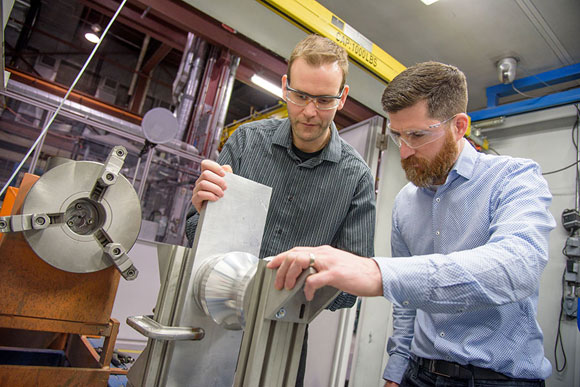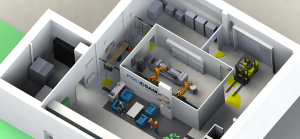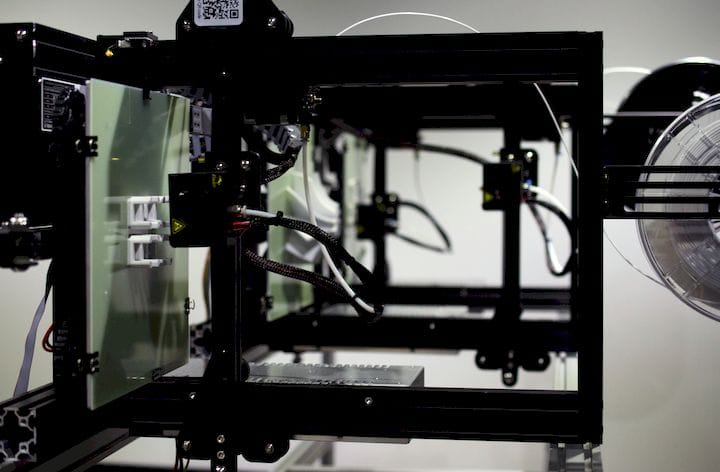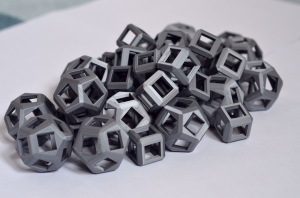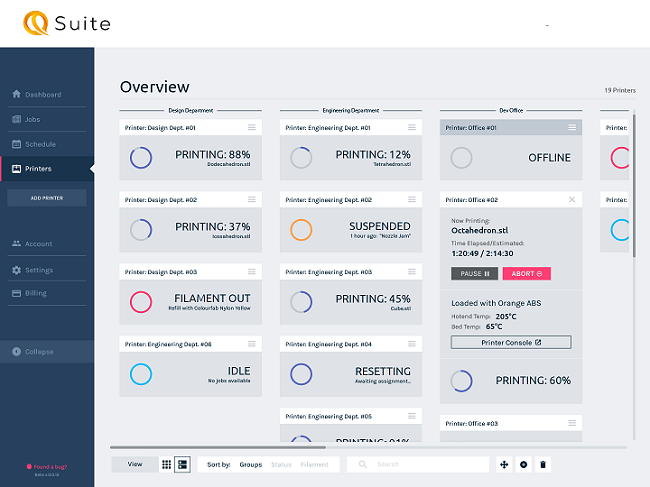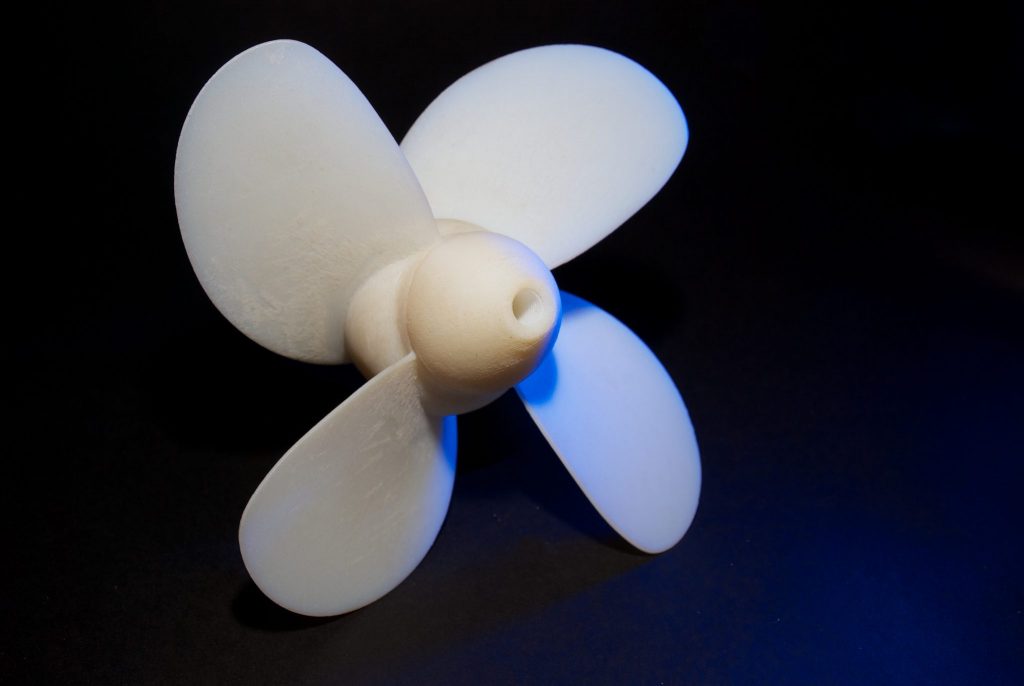Family-owned metal manufacturing network Samuel, Son & Co. provides industrial products and related value-added services all across North America, and one of its most important company divisions is Burloak Technologies, which was responsible for establishing the first full advanced manufacturing and production additive manufacturing center in Canada back in 2014. This Canadian 3D printing leader was founded in Ontario in 2005, and offers design and engineering services for a variety of technologies, including additive manufacturing, high precision CNC machining, materials development, metrology, and post-processing, to companies in multiple sectors, including automotive, industrial, aerospace, and space. To that end, it recently announced a five year agreement with Canadian technology firm MDA, which provides innovative solutions to government and commercial space and defense markets.
These two companies are partnering up to 3D print components and parts for applications in satellite antennae that will be sent to outer space.
“Over the last two years we have worked closely with MDA’s Ste-Anne-de-Bellevue business to apply and evolve additive manufacturing to their product offerings. This collaboration has allowed us to optimize antenna designs in terms of size, mass and performance to create a new set of possibilities for the industry,” Colin Osborne, Samuel’s President and Chief Executive Officer, said in a press release.
This collaboration seems to be a continuation of an existing partnership between the two companies. In the summer of 2019, the Canadian Space Agency (CSA) awarded Burloak and MDA a two-year project under its Space Technology Development Program (STDP) for the purposes of using 3D printing to develop RF satellite communication sub-systems. As part of that project, Burloak, which is a member of GE Additive’s Manufacturing Partner Network, scaled up AM application to create more complex sub-system components, using flight-certified material processes for titanium and aluminum.
MDA, a Maxar company founded back in 1969, is well-known for its abilities in a wide array of applications, including communication satellite payloads, defense and maritime systems, geospatial imagery products and analytics, radar satellites and ground systems, space robotics and sensors, surveillance and intelligence systems, and antennas and subsystems. The last of these capabilities will obviously serve MDA well in its latest venture.
As of now, the two companies have successfully completed multiple combined efforts which have resulted in 3D printed parts being more readily accepted for use in the unforgiving conditions of outer space.
“With challenging technological needs, it’s important that we find the right partner to help us fully leverage the potential of additive manufacturing for space applications,” Mike Greenley, Chief Executive Officer of MDA, said. “We’re confident Burloak Technologies is the ideal supplier to continue supporting our efforts. This collaboration is a perfect example of partnerships that MDA develops under its LaunchPad program.”
As part of this new agreement, MDA and Burloak will continue working together in order to improve upon the manufacturability and design of multiple antenna technologies through the use of additive manufacturing. We’ve seen that using 3D printing to fabricate components for satellite, and other types, of antenna can reduce the cost and mass of the parts, which is critically important for space communication applications. As a whole, the technology is transforming how we build complex space systems.
The post MDA and Burloak to Make 3D Printed Space Satellite Parts appeared first on 3DPrint.com | The Voice of 3D Printing / Additive Manufacturing.

